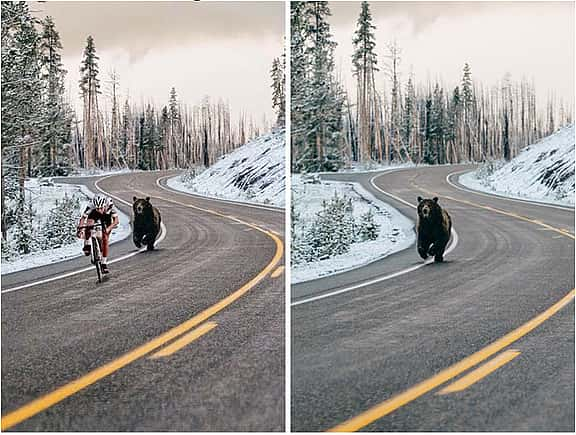While most of these images are harmless, some can be doctored or manipulated in order to deceive us.
So, how can you tell if an image has been tampered with? In this blog post, we'll explore common ways that images are doctored and provide tips on how to spot a fake.
Doctored Images
One of the most common ways that images are manipulated is by using photo editing software like Photoshop or Gimp. With these tools, it's possible to change just about anything in an image, from the colour of someone's clothes to the background scenery.
Some doctored images are easy to spot, while others can be pretty convincing. Here are a few things to look for that may indicate an image has been edited:
- The colours look distorted or unnatural.
- The subject matter seems out of proportion.
- There are strange lines or artefacts in the photo.
- Edges of people or objects look sharper or more blurred in small areas.
- The shadows look off.
Deep Fakes & AI-Generated Images
Deep fakes are created by using artificial intelligence to superimpose one person's face onto another person's body. AI can also be used to generate a portrait of someone who doesn't exist. This technology is becoming increasingly sophisticated and realistic, making it difficult to spot a deep fake if you need to know what you're looking for.
This type of image manipulation is also one that is frequently used for nefarious purposes. For example, a falsified image of a politician could be used to spread fake news or discredit the individual. In some cases, deep fakes have even been used for blackmail and extortion. And can use deep fakes convincingly in videos as well as images.
So, how can you tell if an image is a deep fake? Look for the following signs:
- Blurry or distorted facial features. While deep fake technology is getting more sophisticated, it still needs improvement. As a result, you can spot some irregularities in the facial features of the person in the image. Look for blurriness, distorted features, inconsistent skin tone or texture, or eyes that seem 'off' in some way.
- Inconsistent lighting. Another giveaway that an image has been doctored is lighting inconsistencies. Suppose the background and foreground are lit differently, or there are reflections that don't quite match up. In that case, it's possible that the image has been manipulated.
Fake or Real?
In today's world, it's crucial to be able to spot a fake image. With all the ways that images can be doctored, it can be challenging to tell if what you're seeing is real.
If you're ever unsure about the authenticity of an image, there are a few online tools you can use to check. For example, FotoForensics offers a free forensic image service to analyse an image and provide a report detailing any signs of editing.
But the best way to spot a fake image is to use your judgement. If something about an image looks off or the context doesn't seem to match up, you probably have a good reason not to trust it. Don't believe everything you see online — use your critical thinking skills to determine what is real and what isn't.






